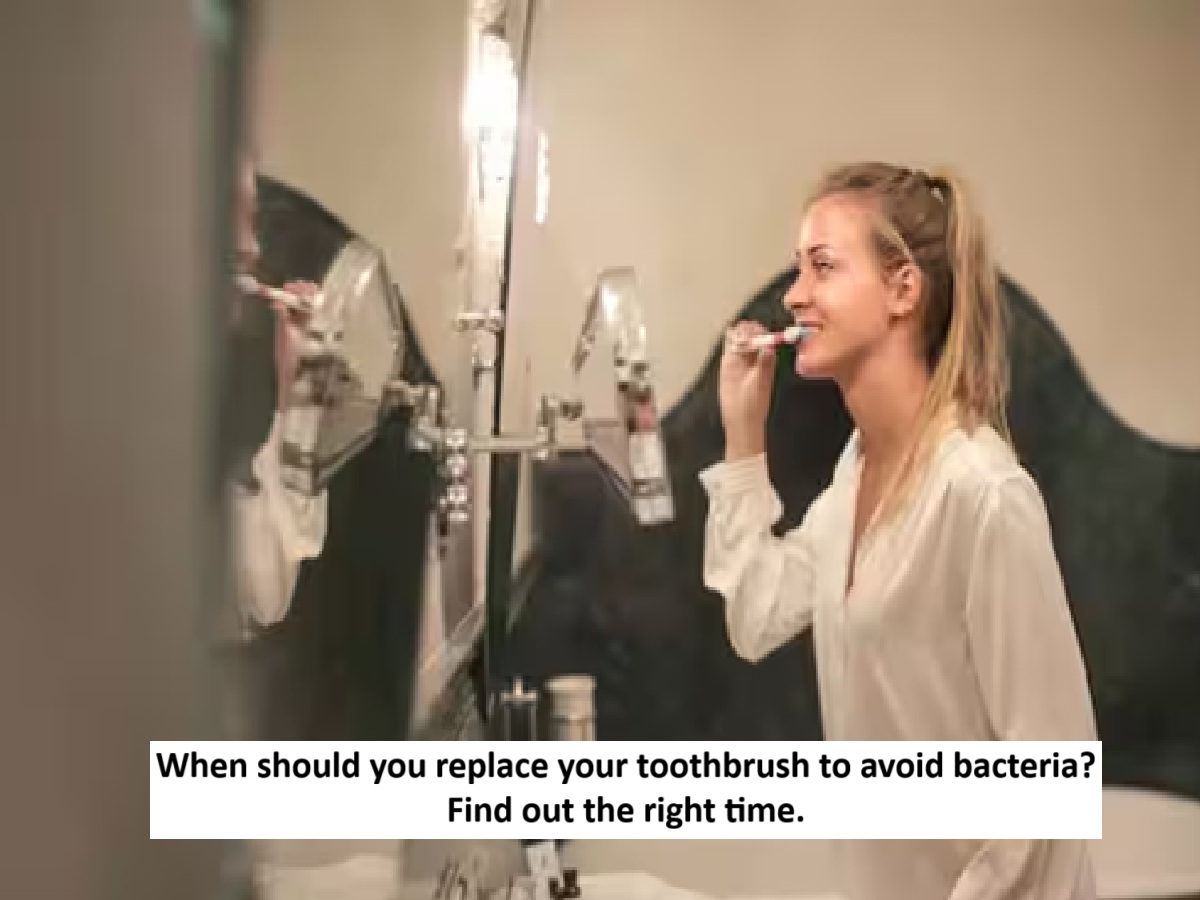
News Topical, Digital Desk : Most of us use our toothbrushes twice a day without thinking, first thing in the morning and before bed, thinking it will keep our teeth clean and healthy. But have you ever considered how clean the very thing you're brushing your teeth with is? In fact, your toothbrush can become a tiny germ park, harboring millions of bacteria, viruses, and fungi. These germs travel from your mouth, hands, and even the bathroom environment to the toothbrush and thrive there. Every time you brush your teeth, you leave saliva, bacteria, food, and microscopic skin cells on the brush. If your toothbrush is kept in the bathroom, especially near the toilet, even more germs can settle on it through micro-droplets released into the air when flushing. So, let's learn when to replace your toothbrush to avoid bacteria lurking in it.
Where do bacteria on toothbrushes come from?
There are three main sources of micro-germs found on toothbrushes. The first is your mouth. Oral bacteria accumulate on the toothbrush every time you brush. The second source is your skin and hands. Germs can stick to the toothbrush while handling and rinsing. The bathroom environment can also be a contributing factor, especially the germs spread into the air when flushing the toilet. Some scientific studies have even found that brand-new toothbrushes can become infected with bacteria before they're even sold.
When should you replace your toothbrush to avoid bacteria lurking in it?
According to the American Dental Association, toothbrushes should be replaced every three months. If the bristles are worn or frayed, replace them even earlier. After illnesses such as a cold or flu, toothbrushes should be replaced. Young children or those with weakened immune systems should replace their toothbrushes every six to eight weeks.
How to keep the toothbrush clean?
Rinse the brush thoroughly with clean water after each use. Let it air dry by standing it upright. Never store the toothbrush covered or in a closed container; this can cause bacteria to grow due to moisture. Keep multiple brushes away from each other so they don't touch each other. Keep the brush at least 2 meters away from the toilet. Soak the toothbrush in antiseptic mouthwash for 5-10 minutes 1-2 times a week. If desired, soak it in a 1 percent vinegar solution for a while, but rinse it thoroughly afterward. Putting the brush in a microwave or dishwasher is one option, but this can damage the bristles. Some scientists are now developing toothpastes and toothbrushes that promote good bacteria.
--Advertisement--

 Share
Share



